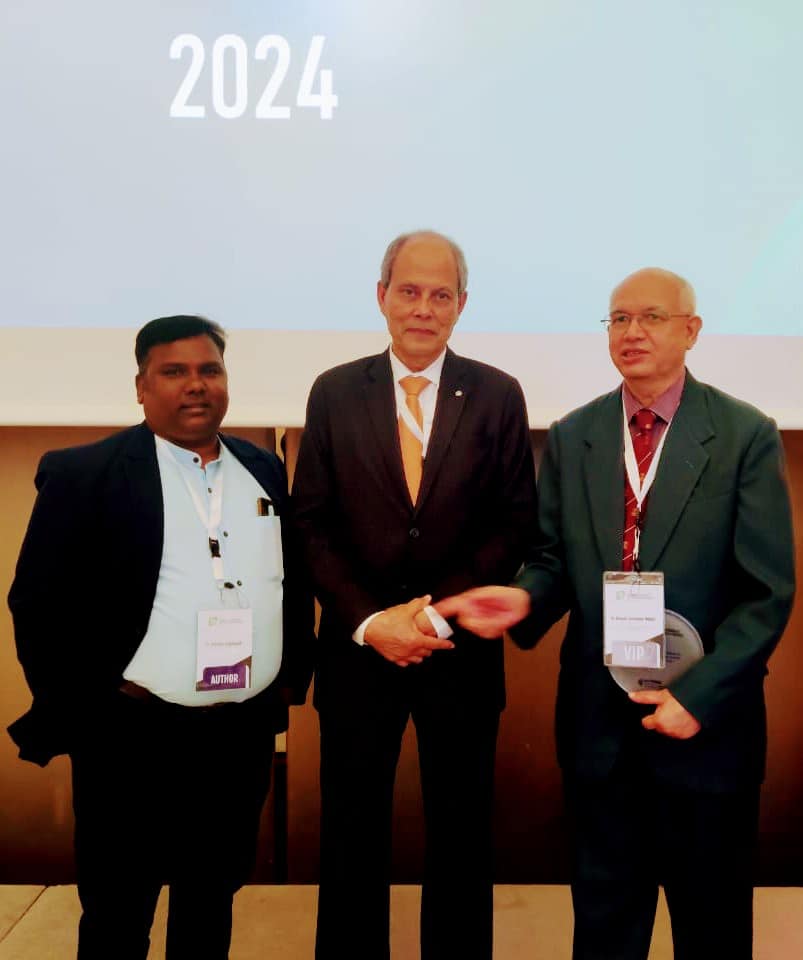COP 28 Resolution 45/57: Gender equity is also a key part of inclusivity. The COP 28 Presidency and the COP 28 HighLevel Champion took a leading role in launching the COP 28 Gender-Responsive Just Transitions and Climate Action Partnership. The 78 national governments that signed the Partnership commit to working collaboratively to support just and inclusive transitions that advance gender equality and the goals of the enhanced Lima Work Program on Gender and its Gender Action Plan and to reconvene for dialogue at COP 32 to report on the implementation of the commitments of the Partnership.
Resolution point 45 highlights the launch of the COP 28 Gender-Responsive Just Transitions and Climate Action Partnership, led by the COP 28 Presidency and the COP 28 High-Level Champion. This partnership involves 78 national governments committing to collaborative efforts aimed at supporting just and inclusive transitions that advance gender equality and the goals of the enhanced Lima Work Program on Gender and its Gender Action Plan. The partners plan to reconvene for dialogue at COP 32 to report on the implementation of the commitments of the Partnership.
Positive Side:
Focus on Gender Equity: The establishment of the COP 28 Gender-Responsive Just Transitions and Climate Action Partnership demonstrates a commitment to addressing gender equity within the context of climate action. By recognizing the importance of gender-responsive approaches, COP 28 aims to ensure that climate policies and initiatives are inclusive and equitable for all genders.
Collaborative Efforts: The partnership involves 78 national governments committing to collaborative efforts, indicating a collective commitment to advancing gender equality in climate action. By working together, these governments can share best practices, resources, and strategies to effectively integrate gender considerations into their climate policies and programs.
Just Transitions: The focus on just and inclusive transitions aligns with broader efforts to ensure that climate action does not exacerbate existing inequalities but rather contributes to a fair and equitable transition to a sustainable future. By prioritizing justice and inclusivity, the partnership aims to mitigate potential social and economic impacts of climate policies on marginalized communities, including women.
Negative Side:
Implementation Challenges: While the partnership outlines commitments to support just and inclusive transitions, there may be challenges in effectively implementing these commitments at the national level. Ensuring meaningful integration of gender considerations into climate policies and programs requires dedicated resources, capacity-building efforts, and institutional support.
Monitoring and Accountability: While the partners plan to reconvene for dialogue at COP 32 to report on the implementation of the commitments, there may be challenges in monitoring progress and holding governments accountable for their commitments. Establishing robust monitoring mechanisms and ensuring transparency in reporting will be essential to assess the impact of the partnership’s efforts on advancing gender equity in climate action.
Intersectionality: While the partnership focuses on gender equity, there may be a need to address intersectional issues and ensure that the needs and experiences of marginalized groups, including women from diverse backgrounds, are adequately addressed in climate policies and programs.
In summary, while Resolution point 45 demonstrates positive efforts towards advancing gender equity in climate action through the establishment of the COP 28 Gender-Responsive Just Transitions and Climate Action Partnership, challenges such as implementation, monitoring, and intersectionality need to be addressed to ensure meaningful progress in integrating gender considerations into climate policies and programs.


